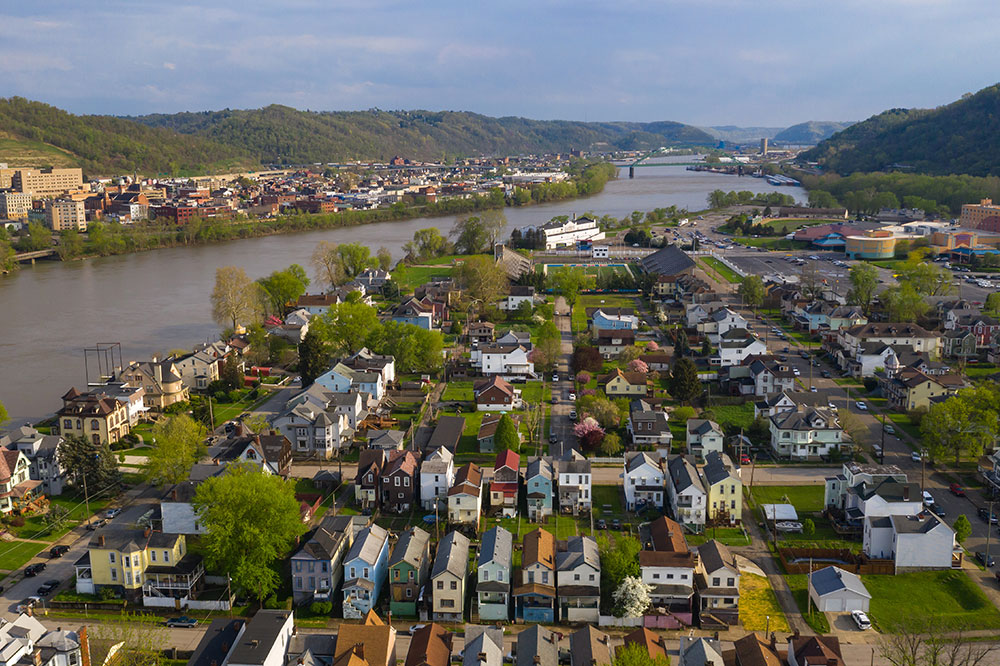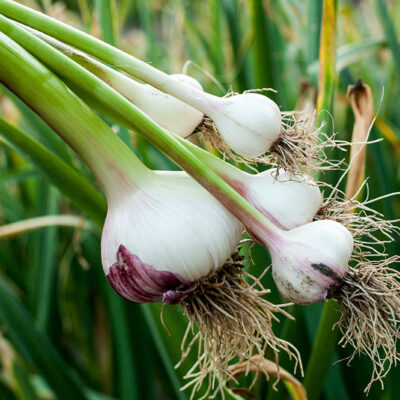
4 U.S. Cities With the Worst Seasonal Allergy Rates
The Asthma and Allergies Foundation of America ranks the country’s cities every year on the basis of how difficult they are to live in for people with asthma and allergies. The ranking is done by keeping tabs on the pollen count found in the city, allergy medication prescriptions, and the availability of medical professionals to treat the allergies in the area.
Here’s a list of the cities in the country with the worst asthma and allergies caused by seasonal changes.
1. Oklahoma City, Oklahoma
The largest city in Oklahoma state, this city experiences some of the worst seasonal allergies. The city does see the winter season. However, it does not stay for a long duration and is comparatively mild. Hence, the pollination of trees starts as early as February. The city is also situated on a flat terrain which leads to dry and windy conditions. The after-winter season experiences wind coming from the South which can spread allergens across the city.
2. McAllen, Texas
McAllen is a southern city in Texas and is located near the Gulf of Mexico. The warm climate of the city gives the plantation a longer season to grow. Also, the rainfall in the city is below average. Thus, the likeliness of the pollens getting washed away is also low. In addition to this, the city hardly received any winter season. This allows the trees to pollinate all year long. All of this combined makes McAllen one of the cities with the worst season allergies.
3. Wichita, Kansas
This city experiences windy and dry winters and hot and humid summers. Also, elm and maple tree vegetation can be found in a large quantity in the city. These trees contribute to the release of pollen in abundance in the city and act as triggers for asthma and allergies. Moreover, the landscape of the city is windy and flat. This leads to pollens reaching Wichita from other places too.
4. Richmond, Virginia
Although the winter season in Richmond can get extremely cold, it is also very short. Also, it starts getting warm in early spring and it continues to stay like that through fall. Late February is the time when trees start to grow in Richmond. Spring also brings with it dry winds which enables easy and quick spread of pollens throughout the season. Allergies caused due to grass pollen are mainly a problem during the summer season. But in Virginia, this problem can extend up to September and continues until grass pollen gets replaced with ragweed pollen. In addition to the spread of pollen, the city receives above-average rainfall. This makes the climate perfect for the growth of mold allergies. All this combined puts 60 percent of the residents of Virginia at the risk of suffering from allergic reactions such as sniffing and sneezing.


